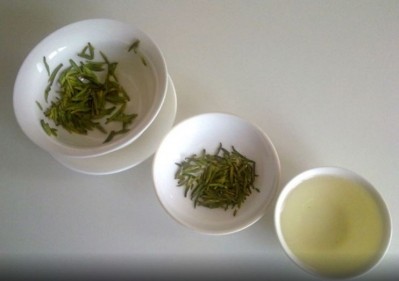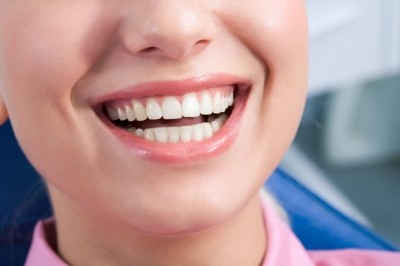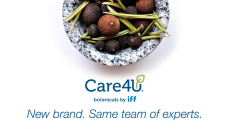Could a green tea nanomaterial plug gaps left by current toothpaste formulas?

Findings from a Chinese study have raised possibilities that current toothpastes designed for easing sensitivity can be improved upon to extend beyond the short-term.
The research team, based at Wuhan University in China, have been involved in the creation of a nanoparticle-based biomaterial.
By encapsulating the green tea polyphenol—epigallocatechin-3-gallate (EGCG)—in silica nanoparticles the team found the complex stood up well to acid and wear and tear, when compared to nanohydroxyapatite, the mineral currently used in toothpastes to treat tooth sensitivity.
“The complex held the capability to continuously release EGCG, calcium and phosphorus and significantly inhibit the formation and growth of Streptococcus mutans biofilm on the dentin surface,” the researchers wrote.
“Thus, the development of the complex bridges the gap between multifunctional concept and dental clinical practice and is promising in providing dentists a therapeutic strategy for the management of the dentin surface to counter dentin hypersensitivity and caries.”
Green tea in oral hygiene
Previous studies have pointed towards EGCG as an effective phytochemical in tackling S. mutans, the bacteria, which forms biofilms that cause cavities.
The concept of using green tea in oral hygiene is not a new one. The Asia-Pacific region have used the extract to produce a range of products that cater to local preferences.
Johnson and Johnson’s Listerine brand already make available a green tea mouthwash that is combines with fluoride to help form a protective shield on teeth. The product is only available in Malaysia.
Hawley & Hazel, which was bought by Colgate-Palmolive, launched a green tea flavoured toothpaste in China during 2015 that contained organic Longjing tea leaves.
The Phillipines is a region that Oral B have targeted with their green tea-infused range of toothbrushes.
Study details
The biomaterial complex used in the study—epigallocatechin-3-gallate-encapsulated nanohydroxyapatite/mesoporous silica nanoparticle (EGCG@nHAp@MSN), was prepared by mixing it with deionized water in a powder/liquid ratio of 10 milligrams (mg) /100 microlitres (μl).
Freshly extracted, noncarious human third molars were collected and specially prepared. The teeth were then randomly applied to two groups consisting of 16 teeth in each.
While one remained the control (no treatment was applied) wisdom teeth in the other group were treated with the EGCG@nHAp@MSH slurry.
This mixture was applied twice to the teeth for 30 seconds using a rotary cup.
Some specimens were tested by immersing the teeth in citric acid solution (pH 1.5) for 1 min to test the resistance to dietary acid erosion.
Other specimens were subjected to mechanical brushing for 3 min using a toothbrush to test the resistance to daily abrasion.
The inhibitory capability of the biomaterial was also tested in its resistance to S mutans.
Results demonstrated that the use of EGCG@nHAp@MSN on the tooth’s dentin surface was capable of plugging the dentin tubules, the bony tissue that contains tubes that, when exposed allow the underlying nerve endings to register pain.
Additional findings found the biomaterial released EGCG for at least 96 hours, standing up to tooth erosion, brushing, and restricting biofilm formation with low toxic side effects.
‘An ideal alternative for clinical dentists’
“It is reasonable to believe that EGCG@nHAp@MSN can efficiently block the tubules, reduce dentin permeability, and provide excellent acid- and abrasion-resistant stability,” the study describes,
The research, led by Dr Cui Huang, researcher based at Wuhan University, also said believed that the larger the proportion of tubules obstructed by EGCG@nHAp@MSN, the higher the acid- and abrasion-resistant stability.
“These attributes will apparently strengthen the durability and stability of desensitizing agents on tubule occlusion for preventing fluid movements by different aspects, thereby suggesting a promising strategy to overcome dentin hypersensitivity and providing an ideal alternative for clinical dentists.”
Source: Applied Materials and Interfaces
Published online ahead of print: DOI: 10.1021/acsami.7b06597
“Development of Epigallocatechin-3-gallate-Encapsulated Nanohydroxyapatite/Mesoporous Silica for Therapeutic Management of Dentin Surface.”
Authors: Cui Huang et al.















